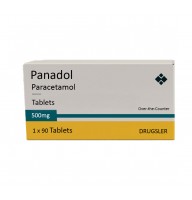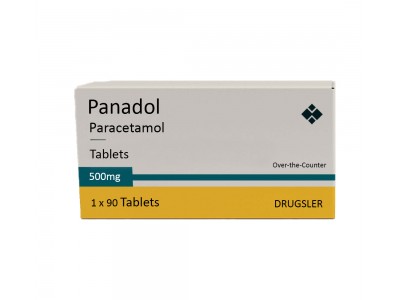Acetaminophen (paracetamol) is widely used for pain relief and fever reduction, but its safety depends on proper usage. The recommended duration and dosage are crucial to avoid potential damage to the liver, kidneys, or other side effects. Generally, acetaminophen should not be taken for more than 10 days for pain relief in adults unless directed by a healthcare provider. For children, the limit is typically 5 days.
The maximum recommended dose for adults is 4,000 milligrams (mg) per day. Exceeding this dose increases the risk of liver damage, which can be severe and potentially life-threatening. It is essential to consider all sources of acetaminophen, including combination medications for colds and flu, to avoid unintentional overdose.
For individuals with pre-existing liver conditions, such as hepatitis or cirrhosis, or those who consume alcohol regularly, the safe dose may be lower. In these cases, it is critical to consult a healthcare provider before taking acetaminophen.
Kidney damage from acetaminophen is less common than liver damage but can occur, especially with long-term use or in individuals with pre-existing kidney conditions. To minimize the risk of kidney damage, it is advisable to use the lowest effective dose for the shortest duration necessary to manage pain.
In summary, acetaminophen can be safely taken for up to 10 days for pain relief in adults, with a maximum daily dose of 4,000 mg. For children, the duration should not exceed 5 days. Always adhere to the recommended dosage, consider all sources of the medication, and consult a healthcare provider if there are any underlying health conditions or if pain persists beyond the recommended duration.

